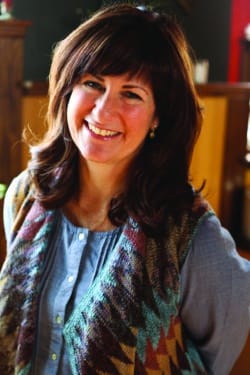
Led by the eyes, a boy emerged from the box he called home and headed toward the tree. He ran his tender hands over the tree’s thick, creviced bark, took an inquisitive lick of the bark’s musty-sweet scent, and peered upwards into the calming fractal pattern of leaves that spread beneath the sky, shimmering in the morning sun.
Then the boy sat, tickled with intrigue and senses alive, resting human trunk against tree trunk. The heart of each soothingly palpable. Through their porousness, they knew the truth of felt-sense, that they — he and the tree — were one.
Both were at peace. Neither questioned their value.
In time, adults arrived wielding pens, briefcases, and electronics. They moved fast, talked fast, declaring identifiers, labels, and measurements for the tree: what it was, how to use it, and who should manage it.
In the process of analysis, the boy was bumped, nudged, and displaced. No one noticed their effect until much later when the boy became ill, problematic, and a nuisance to society.
The tree — trampled, prodded, and objectified — ceased to thrive. The adults moved its case number to another department, awaiting attention.
This isn’t an original story. It is, perhaps, an origin story about the preciousness of relationship and how we fit — whether with ourselves, one another, or our environment.
Just ask biologist Charles Darwin.
In an “On Being” podcast interview with Krista Tippet, Janine Benyus, co-founder of the Biomimicry Institute, asserts that Darwin never said “survival of the fittest.” Instead, he claimed survival of the fit.
What does it mean to fit? Benyus says in the podcast that Darwin “understood that organisms don’t just move into a place; they co-create a place and then the place creates them, and then they create the place.”
Recognizing that habitats continually change, Benyus asserts that when we no longer fit to a particular place, we need to evolve our behaviors until we are at home in the new place.
Survival of the fit, does not mean that those who consider themselves fittest should make and impose decisions for human and nature.
Take, for example, the work of local health organization West Side United. Ayesha Jaco, West Side United’s executive director, says that in the organization’s decision making, project development, and relationship building, she makes sure that those who West Side United impacts are invited to the table to contribute and be heard. To Jaco and West Side United, partnership is very important. “In partnership, you never define what others should contribute. They should have the voice and wherewithal to see themselves adding value,” Jaco says.
Essentially, community members conveyed to West Side United: Create nothing for us without us.
Fit to place. Fit to community.
Forest bathing, too, creates an opportunity for humans to remember that we fit — to nature and ourselves. Like the little boy in the story above, during forest bathing we lean into our felt sense of self and environment as we allow our senses — including our heart — to come alive and synch us into our innate of-ness with nature. As poet Mary Oliver writes, “You only have to let the soft animal of your body love what it loves.”
No analyses. No agendas. No measurements.
When I ask forest bathers what they are noticing and feeling during a walk, they over and over respond: harmony, oneness, love, peace, joy.
Imagine bathing in the wilderness of your neurology or psychology.
If you heard a plea from your anxiety to slow down, to rest, to be without devices and distractions for a bit, would you happily heed the request?
True listening and cooperation honors us all. True listening happens not only through our ears, eyes, pores, and nostrils but also through our all-important felt-sense.
Felt-sense just might be one of our super powers.
So, lean into you. Lean into community. Lean into nature. As the little boy and tree once knew, we can all fit and be very, very well.
Originally published in the Fall/Winter 2023 print issue.

Kathleen Aharoni is a movement and life coach, forest bathing guide, and author of the award-winning book I breathe my own breath! She has served on the faculties of Northwestern University and Columbia College.












